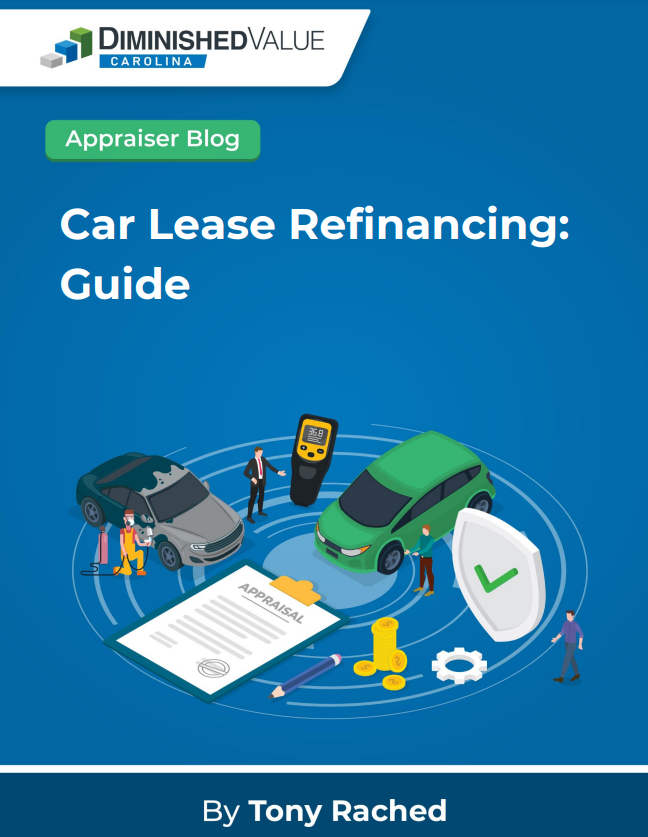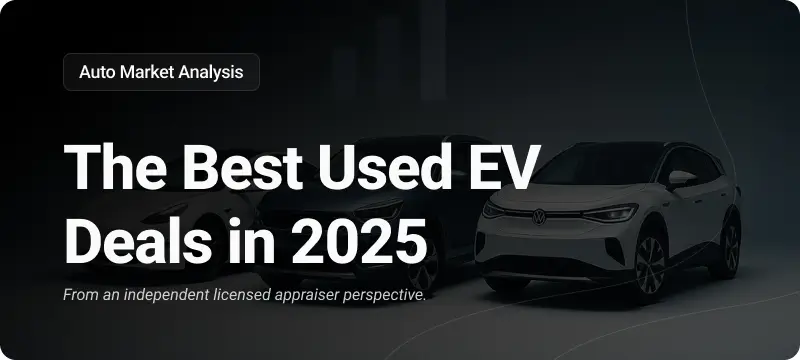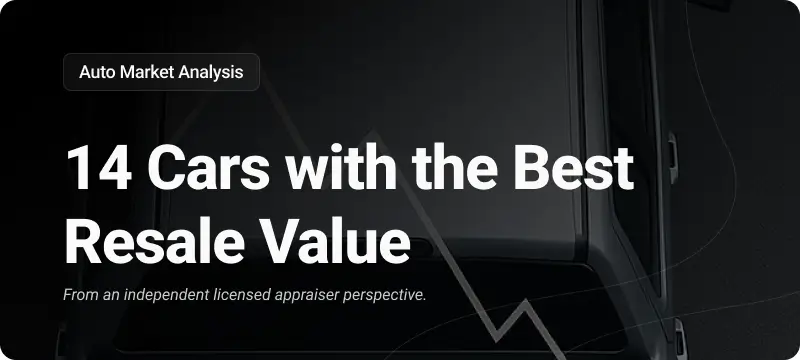Navigating the world of Car Lease Refinancing can be daunting, but with the right knowledge, you can collaborate with your lender to secure a car lease loan for the purchase of your leased vehicle, potentially reducing your monthly payments.

Car Lease Refinancing: Guide (PDF)
Understanding Car Lease Refinancing
Many people wonder if a car lease can be refinanced. The simple answer is that leases don’t offer a built-in refinancing option. Instead, you can acquire the vehicle through a loan to lower your monthly payments with minimal interest.
Car leases and car loans operate differently. When you lease a car, you sign a contract and make monthly payments to use the vehicle for a specified time under specific terms and conditions. Conversely, with a car loan, a financial institution pays for the vehicle, and you repay it with interest.

Evaluating the Pros and Cons of Car Lease Refinancing:
One advantage of a car lease is that you can negotiate its terms before signing the agreement. Given that leases come with various rules, including monthly payments, mileage limits, and end-of-lease fees, reviewing the contract can enable you to negotiate with the dealership to align it with your financial situation and lifestyle.
This step can help you avoid the need for refinancing. If you wish to terminate your lease early, you can opt for an early lease pull-ahead program or wait until the lease term concludes to initiate the buyout, effectively resembling a lease refinancing process.
How to Conclude Your Car Lease
Since car leases do not inherently offer refinancing options, your choices involve either ending the lease early or waiting for its natural conclusion and negotiating a new arrangement. There are four available options you can explore either before or at the lease’s end:
- Return the leased vehicle, pay end-of-lease fees, and visit a different dealership: At the end of your lease contract, you can return the car to the original dealership and settle any associated end-of-lease charges. Subsequently, you are free to explore other dealerships to lease a new vehicle, buy a used one, or obtain a new one through a loan.
- Lease a new vehicle from the same dealership: Once your lease concludes, you can return the car, address any applicable fees, and enter into a new lease for a brand-new vehicle with different terms.
- Extend your existing lease: Certain dealerships may offer options to extend the duration of your existing lease agreement or combine it with another one, offering some flexibility.
- Buy out the current lease: Opting for this choice entails purchasing the leased vehicle through a loan and subsequently making payments on that loan. If you have developed a strong attachment to the car you leased, exploring loan options to acquire it becomes an attractive possibility.
When Is Refinancing through a Lease Buyout Beneficial?
If you currently have an automobile lease and aim to reduce your monthly payments, you should consider the buyout option when the following conditions apply:
- The buyout price is lower than the market value: The market value of the car represents its worth in the open market if you were to sell it. Lenders or dealerships use fair market value calculators to determine this amount. If the buyout price is less than the car’s market value, acquiring the vehicle through an auto loan can result in significant savings.
- You’ve incurred fees for excess mileage, wear, or modifications: When you enter a lease agreement, the leasing company specifies the allowable mileage for the lease term. Upon returning the car, they inspect it and assess wear and mileage. If you exceed your mileage limit or return the car with damage or modifications, you may face substantial fees. In such cases, choosing the buyout option can reduce the amount you owe.
- Buying the leased car proves more cost-effective than acquiring a new one due to depreciation: Despite most major repairs and some maintenance services being covered by the manufacturer’s warranty, every vehicle requires regular maintenance. By acquiring your leased car through a buyout and securing a low-interest rate loan with manageable monthly payments, you can allocate the money saved towards maintenance, ensuring the vehicle’s longevity.
When Is It Not Advisable?
Several factors can make a car lease refinancing through a buyout less appealing, including:
- The desire for frequent car changes: If you prefer driving various makes and models of cars rather than committing to a single vehicle, pursuing a lease buyout for a loan may not align with your preferences. If you are content with making monthly lease payments and adhering to the lease terms, continuing with leasing makes more sense.
- Limited time for research on a lease buyout: The process of buying your lease through a loan often demands time and patience. You will need to obtain quotes from various lenders, compare them, and evaluate the buyout amount. If the market value falls below the buyout price, refinancing the lease may not be worthwhile. In such cases, continuing to lease a new vehicle may be more convenient than investing time in lender negotiations and extensive research on lease buyout strategies.
- High buyout costs: Although leasing a car typically involves no sales tax, you primarily cover the car’s depreciation rather than its full value. When opting for a loan through a lease buyout, you may incur sales tax and pay the remaining portion of the car’s purchase price. Moreover, securing lower interest rates is not guaranteed, especially if the buyout amount surpasses the market value or if you have a low credit score. Additional expenses, such as transaction fees and dealership charges, could further diminish the attractiveness of buying out the lease.
How to Refinance through a Buyout
If you decide that a lease buyout is the right path for you, here are steps to ensure a smooth transaction:
- Understand your lease agreement: Before contemplating a lease buyout, thoroughly review your agreement to ascertain if the leasing company permits the purchase of the car before or at the term’s conclusion. If a buyout clause exists, familiarize yourself with the associated fees and costs. It’s important to note that some automakers may not offer a lease buyout option, so verification is essential.
- Calculate the payoff amount: Contact the dealership or lending company to determine the payoff amount for the vehicle. Ensure you have accurate figures for all relevant fees, such as lease termination charges, dealership fees, transfer costs, and sales tax. Unlike a lease, once you secure a new loan or refinance an existing car loan, you can later negotiate the loan terms.
- Assess affordability: After obtaining the payoff amount and fee details, use a car loan calculator to determine if you can comfortably manage the payments, as well as the costs of repairs and maintenance. If your credit score is in good standing, around 700 or higher, you are more likely to secure a favorable interest rate from most lenders.
- Compare lenders and initiate the auto loan application: Once you have decided to refinance your car lease, gather your information and assess how the new payment aligns with your budget. Begin shopping for lenders, but avoid settling for the first quote. Seek multiple quotes from various lenders to identify an affordable auto loan. Aim to obtain these quotes within a 14-day window to minimize the impact on your credit score. Once you select the lender that suits your needs, commence the application process. Upon approval, start making monthly payments towards the ownership of your newly acquired car.
Car Lease Refinancing Recap
Opting for a lease buyout is a personal decision that hinges on several factors. If you meet the lender’s criteria, have a strong desire to own the leased car, and are eager to eliminate leasing fees, a lease buyout can be a viable option.
Keep in mind that you cannot technically by car lease refinancing, but you can collaborate with a lender to secure a buyout loan that aligns with your financial situation and lifestyle, allowing you to gain ownership of the car you’ve grown fond of.
We may help you make the best decision with other articles that you can see in our blog.





